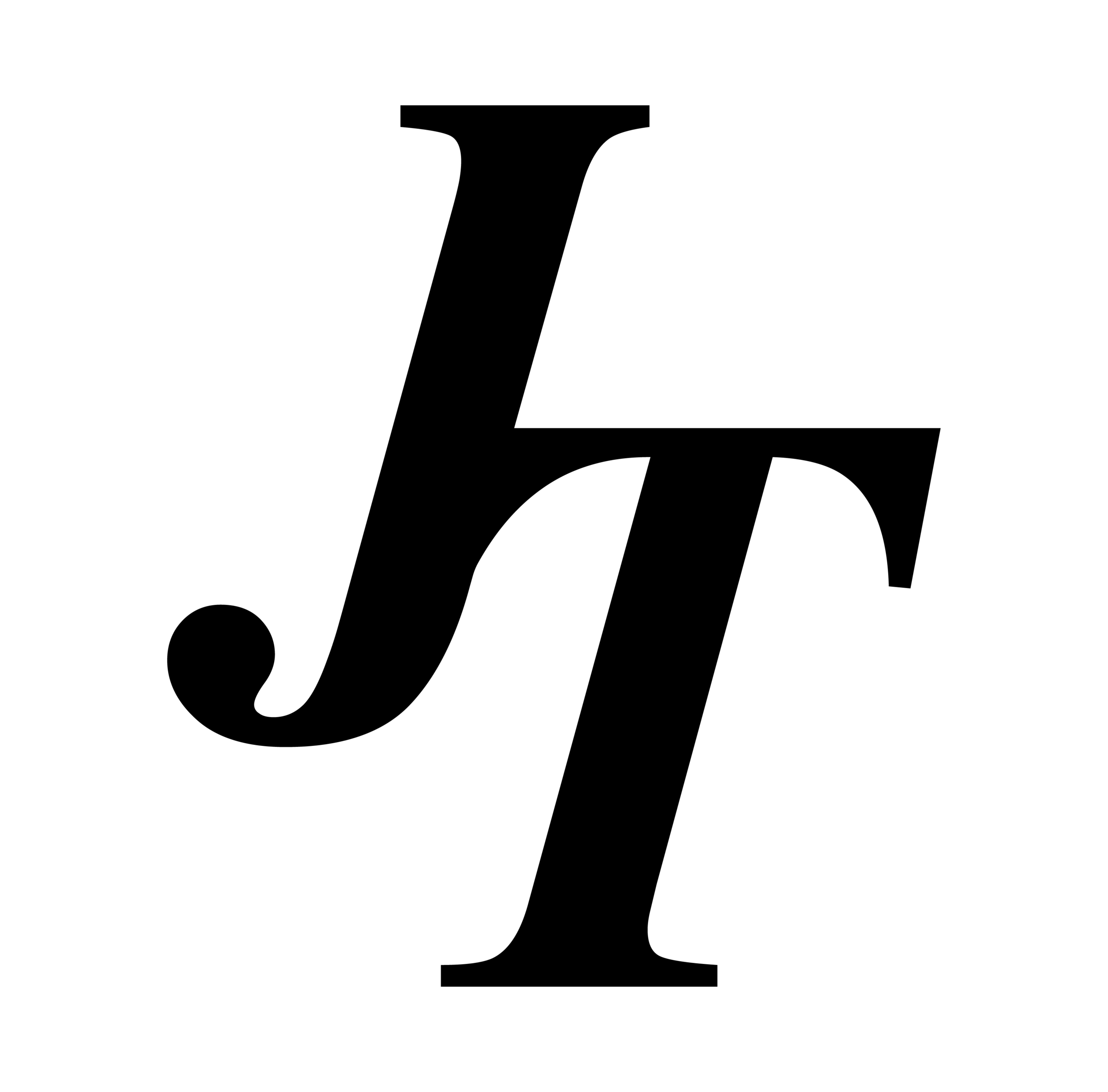Nielsen Data
RStudio, Simple Linear Regression Model, Multiple Linear Regression Model, Prediction
Using Nielsen Retail fact data I analyzed the sales data of soup to understand what promotions and promotional spending were actually increasing sales for various trade areas and brands. There were different types of promotional spend I was looking at: spend on in-store displays, spend on coupons and other printed promotion features (which will be referred to as feature spend), and spend on price decreases. Before beginning my analysis, I noticed that the variables I was interested in observing were all right skewed. In order to observe the data more accurately I logged all the variables to give a more accurate representation of the data.
I first began by running a simple linear regression model using the three different promotional spend explanatory variables to see which model explained sales the best for the total trading areas. After analyzing each explanatory variable in their own linear regression model, I identified that the model that explained sales best was the one observing the relationship between sales and any price decrease on spending. Holding all other variables fixed:
A 1% increase in any price decrease on spend leads to a .66% change in sales.
I used all three explanatory variables in a multiple linear regression model to see how sales for Campbell’s soup were in the Eastern trading area. After observing the p-values in the model, I saw that display spend and feature spend were statistically significant. I then built a better multiple linear regression model using just those two explanatory variables in relationship with sales. Holding all other variables fixed:
A 1% increase in any display spend and any feature spend leads to a .05% change in sales.
Using the best multiple linear regression model, I predicted what sales would be for the Campbell’s soup brand if the brand had $1,000 dollars to allocate across promotions. I discovered that the best way to maximize predicted sales was to put $500 dollars towards any display spend and any feature spend, and the predicted best sales would be above $85,000 dollars.
I repeated the same process, except this time instead of focusing on the eastern trading area, I focused on the western trading area. I found that after running a multiple linear regression the two variables that were statistically significant and explained sales the best were any display spend and and price decrease spend. I discovered holding all other variables fixed:
A 1% increase in any display spend leads to a .05% change in sales.
A 1% increase in any price decrease spend leads to a .12% change in sales.
Then using the same hypothetical budget of $1,000 dollars allocated for promotions, I discovered the allocation that would lead to maximized sales was $400 dollars for any display spend and $600 for any price decrease spend. The prediction for the best sales using the allocated budget would be just below $175,000 dollars.

